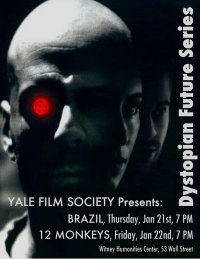David Rabe, Girl By The Road At Night, NY: Simon and Schuster, 228 pgs. One could say that David Rabe is obsessed with the Vietnam War. Best known for a trio of award-winning plays in the '70s that deal with that conflict and its effect on those who fought in it, Rabe has more recently turned from theater and taken up fiction-writing and now, with his latest novel, returns to the war that made him famous. We could say that he does so because he knows he can write about it well -- Rabe served in Vietnam in the mid-'60s -- and because, perhaps, it's a part of our history that never goes away.
I found myself questioning that last supposition in the early going of this poetically spare, episodic novel. Is Vietnam a national obsession still, or is it Rabe's more than ours? Perhaps more to the point -- regardless of what you think of the war and its era -- is the question: is there anything more to be done with it?
It may be an unfair question, but when you see the novel's rather taciturn and self-involved protagonist Joseph Whitaker, on the eve of his depature into the army, hanging around in DC hoping to get laid by a war-protesting flowerchild, you might be excused for thinking it all a bit too familiar. But when Whitaker drops in on his former girlfriend, now involved with a new guy, he begins to come alive a bit more, taking on dimension due to a feeling of unfinished emotional business that could lead him to more interesting experiences.
Rabe alternates the chapters depicting Pfc. Whitaker's misgivings about service in the war and his general lot in life with chapters that introduce us to Quach Ngoc Lan, a Vietnamese prostitute plying her trade at Madame Lieu's, where GIs can get their jeeps washed and their junk moved simultaneously. Rabe is very effective at rendering how the GIs view these locals, but there aren't many surprises here amidst the general racism and, occasionally, grudging appreciation of what would've been thought of as "oriental mystery." But gradually the interiority of Lan, attenuated as it may be by lack of education and a rather elemental sense of life, becomes louder and louder for the reader as her pidgin English -- where Rabe gets to show his command of dialogue -- comes to seem not a limitation so much as a unique form of communication. Her motives and her actions are often glimpsed through the viewpoint of others, but Rabe's greatest achievement is making us feel not that we know Lan but that we would very much like to.
Is Lan the all-too-familiar whore with a heart of gold, and Whitaker the GI who tries to save her from a world they never made? Frankly, Rabe's tale is not as far from that soapy terrain as some readers might like, or, alternately, doesn't wallow in it to the degree that others might wish. There is a connection between the two and it might mean something, but Rabe keeps us furnished with enough sense of the grim realities of the setting to prevent us from expecting any improvement for either of them.
But what the interest of Girl hinges on is not its depiction of prostitution and the war -- as forms of exploitation that put both Whitaker and Lan in something of the same position as expendable vassals -- but in its willingness to look unsentimentally at the power that even a minimum of communication and connection can provide between people who are strangers to one another and, to some extent, the situation in which they find themselves and each other.
"Misery acquaints a man with strange bedfellows" Shakespeare said, and the journalist Charles Dudley Warner famously stated that "politics makes strange bedfellows" Rabe's novel takes for granted that the politics of the war and the misery it gives rise to create a condition that might throw together unlikely bedfellows, and the novel's best effect is making us believe they might have something to offer each other.
David Rabe reads at RJ Julia Booksellers, Wed. June 23, 7 p.m., $5, which may be used toward purchase of the book; 768 Boston Post Road, Madison, CT; www.rjjulia.com
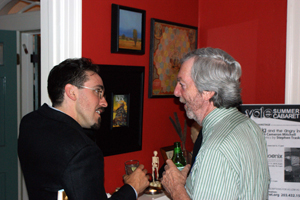

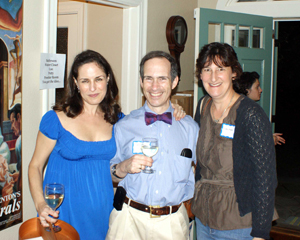
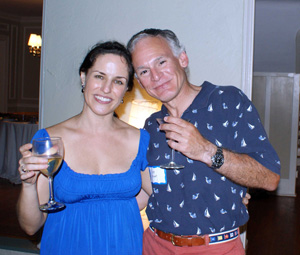



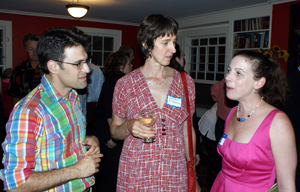
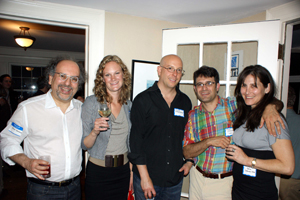
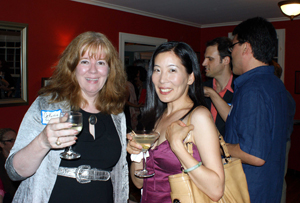


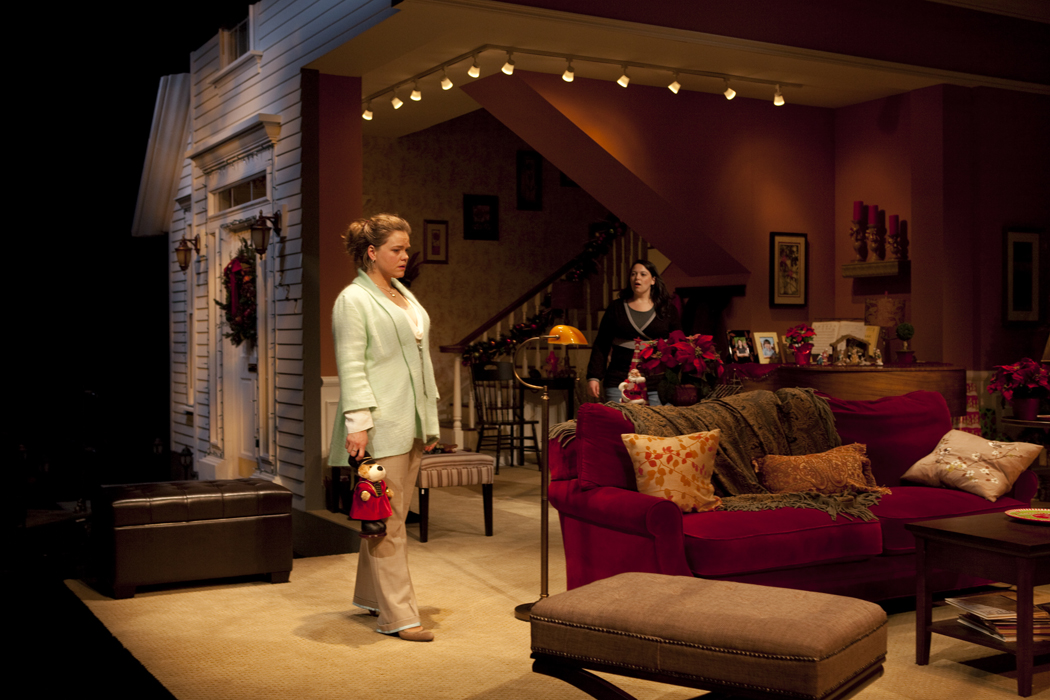 The Long Wharf Theatre production of Henrik Ibsen's A Doll's House managed a surprising feat: it made the play more entertaining without significantly altering it. If you're a purist who wants to see Ibsen played straight, it does that; but if you think that a play like ADH, with its winsome wifey who gets into some hot water due to an "innocent" forgery, then gets out of it only to slam the door on her happy-ever-after home, is a bit dated and could use some kind of make-over, well, this show does that too.
The Long Wharf Theatre production of Henrik Ibsen's A Doll's House managed a surprising feat: it made the play more entertaining without significantly altering it. If you're a purist who wants to see Ibsen played straight, it does that; but if you think that a play like ADH, with its winsome wifey who gets into some hot water due to an "innocent" forgery, then gets out of it only to slam the door on her happy-ever-after home, is a bit dated and could use some kind of make-over, well, this show does that too.
 Bernard-Marie Koltès' Battle of Black and Dogs (Combat de nègre et de chiens), translated by Michaël Attias, and directed by Robert Woodruff, is the second play this season at the Yale Rep to take us to vague environs in Africa to witness a drama among a small group of people cut off from the world at large. Like Danai Gurira's Eclipsed, BBD places us in a compound, but this time it's a "construction site run by a foreign company in a West African country, anywhere from Senegal to Nigeria," where the main characters, white and French, are confronted by Alboury (Albert Jones), a member of a local Wolof tribe who wants to retrieve the body of a worker at the site who has recently died or been killed.
Bernard-Marie Koltès' Battle of Black and Dogs (Combat de nègre et de chiens), translated by Michaël Attias, and directed by Robert Woodruff, is the second play this season at the Yale Rep to take us to vague environs in Africa to witness a drama among a small group of people cut off from the world at large. Like Danai Gurira's Eclipsed, BBD places us in a compound, but this time it's a "construction site run by a foreign company in a West African country, anywhere from Senegal to Nigeria," where the main characters, white and French, are confronted by Alboury (Albert Jones), a member of a local Wolof tribe who wants to retrieve the body of a worker at the site who has recently died or been killed.
